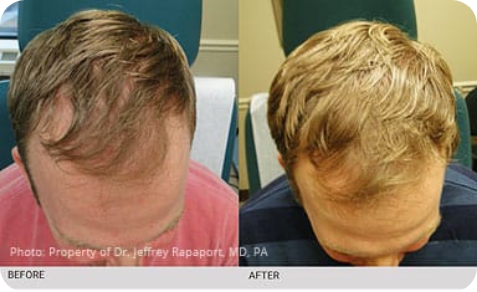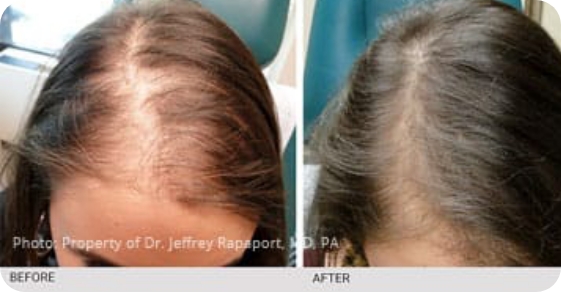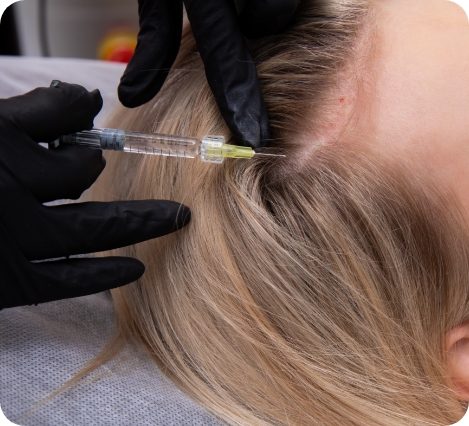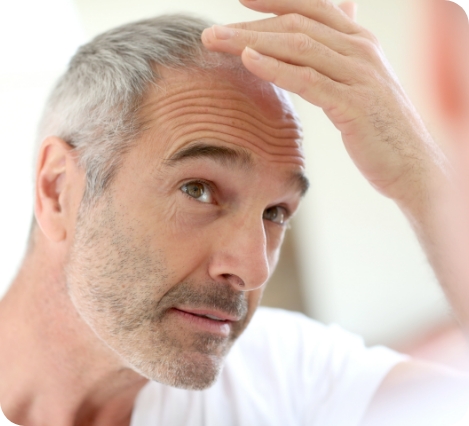Platelet Rich Plasma (PRP) Therapy For Hair Loss
Platelet Rich Plasma & Hair Restoration in Minneapolis, Minnesota
Platelet Rich Plasma (PRP) Therapy For Hair Loss
Platelet Rich Plasma (PRP) is an effective non-surgical hair restoration solution for men and women suffering from hereditary hair loss. PRP uses the body's natural healing properties to thicken hair follicles, reverse hair loss, and produce a fuller head of hair. PRP treatments can be done as a adjunct treatment accompanying hair transplant surgery or as a stand-alone treatment option.
Human blood naturally contains stem cells and natural growth factors that assist in healing and natural tissue regeneration. The PRP Hair Restoration therapy procedure utilizes special cells known as platelets that induces growth in hair follicles by stimulating stem cells within the natural structure of the hair follicle itself. These patients’ blood platelets promote healing and regeneration, and the body’s natural formation of new cell response and growth.
Platelet Rich Plasma (PRP) therapy is safe to be used along with hair restoration surgery, either prior to or post-surgery. Patients seeking a non-surgical solution alternative to hair transplants may also look to PRP as a non-surgical and minimally-invasive option to restore their hair. PRP is also an effective option for reversing hair loss among individuals who do not wish to take medication. PRP Treatments are often done in series spaced 1-3 months apart.








